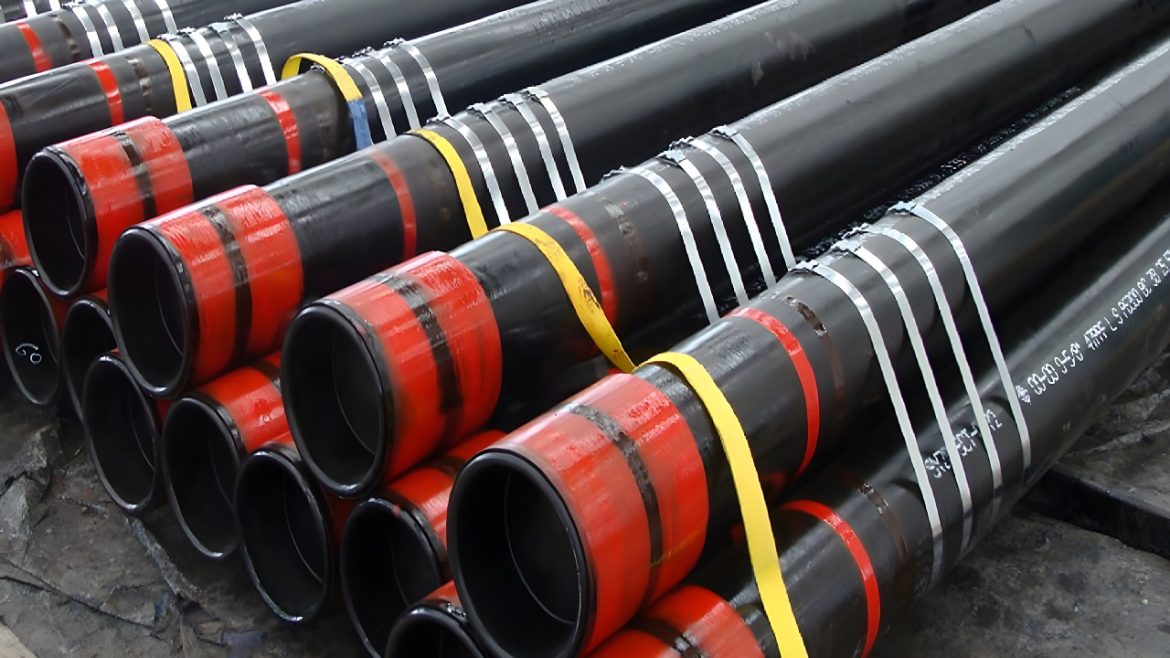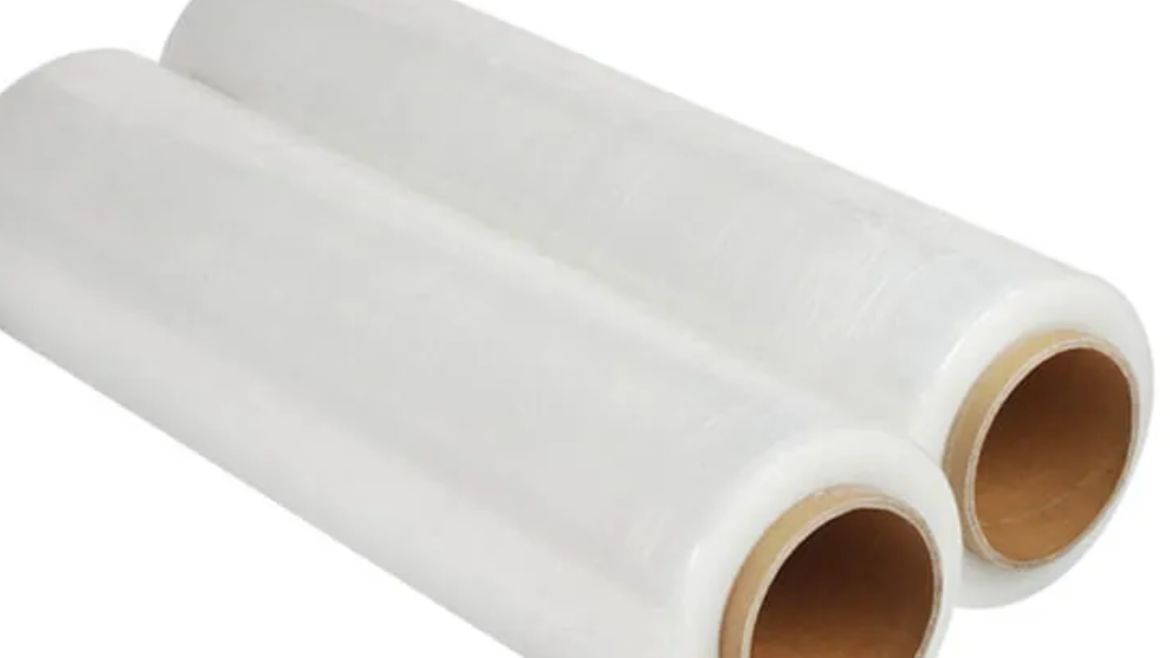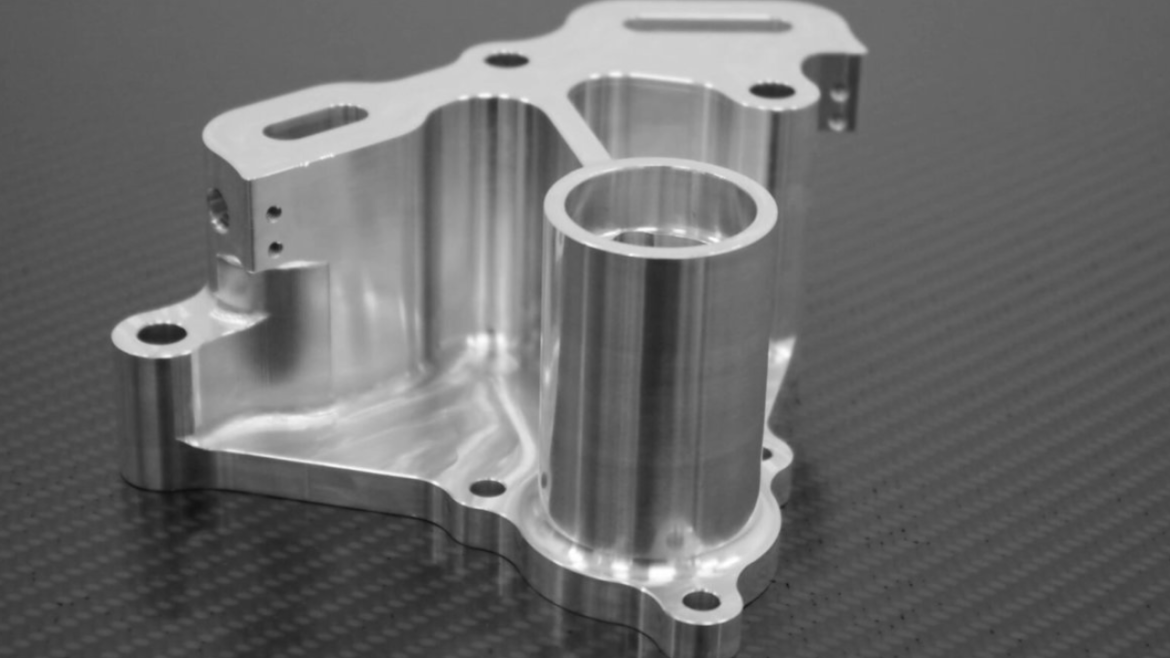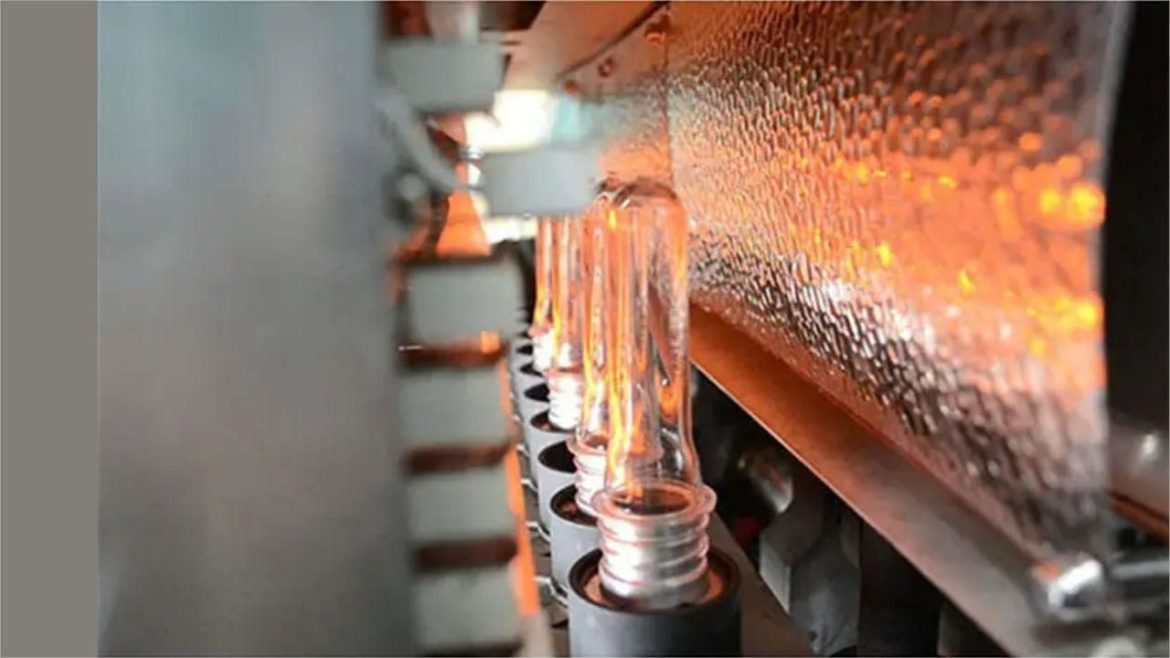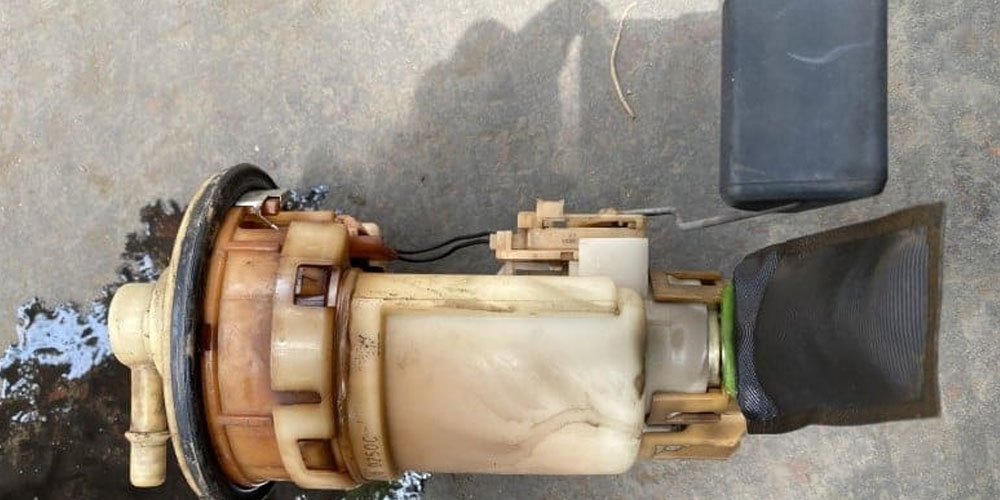In the pharmaceutical industry, ensuring the safety, quality, and efficacy of products is paramount. This is where Good Manufacturing Practices (GMP) come into play. But what’s GMP, and how does it impact pharmaceutical manufacturing? This article explores the significance of GMP standards and their influence on the production of pharmaceuticals.
What’s GMP?
What’s GMP, or Good Manufacturing Practices? It’s a set of regulations and guidelines that govern the manufacturing, testing, and quality assurance of pharmaceutical products. These standards are designed to ensure that products are consistently produced and controlled according to quality standards. GMP covers all aspects of production, from the raw materials used to the hygiene of staff and equipment.
Key Components of GMP
· Quality Management: GMP emphasizes the importance of a comprehensive quality management system to oversee all aspects of production and ensure compliance with regulatory standards.
· Personnel and Training: Proper training and qualification of personnel are crucial under GMP to ensure that all staff understand and adhere to quality standards.
3. Facility and Equipment: GMP requires that facilities and equipment are designed, maintained, and operated to prevent contamination and ensure product quality.
· Documentation and Records: Accurate documentation and record-keeping are essential under GMP to provide traceability and accountability in the manufacturing process.
5. Production and Process Controls: GMP mandates strict controls over production processes to ensure consistency and quality in the final product.
The Importance of GMP in Pharmaceutical Manufacturing
Ensuring Product Safety and Quality
GMP standards are critical in ensuring that pharmaceutical products are safe for consumption and meet the required quality standards. By adhering to GMP, manufacturers can minimize the risk of contamination, mix-ups, and errors, which can have serious consequences for patient safety.
Regulatory Compliance
Compliance with GMP is a legal requirement in many countries for the manufacture of pharmaceuticals. Regulatory bodies, such as the FDA in the United States and the EMA in Europe, enforce GMP standards to ensure that products meet safety and quality requirements. Non-compliance can result in severe penalties, including product recalls and bans on production.
Building Consumer Trust
Adhering to GMP standards helps build consumer trust in pharmaceutical products. When consumers know that a product is manufactured according to strict quality standards, they are more likely to trust its safety and efficacy. This trust is crucial for the reputation and success of pharmaceutical companies.
The Impact of GMP on Manufacturing Processes
Streamlining Production
GMP standards require manufacturers to implement efficient and effective production processes. This includes optimizing workflows, reducing waste, and ensuring that equipment is properly maintained. By streamlining production, manufacturers can improve efficiency and reduce costs.
Enhancing Quality Control
GMP emphasizes the importance of rigorous quality control measures throughout the manufacturing process. This includes regular testing and inspection of raw materials, in-process materials, and finished products. By enhancing quality control, manufacturers can ensure that products meet the required standards and specifications.
Encouraging Continuous Improvement
GMP standards encourage manufacturers to continuously evaluate and improve their processes. This includes identifying areas for improvement, implementing corrective actions, and regularly reviewing quality management systems. Continuous improvement helps manufacturers stay competitive and adapt to changing industry standards.
Challenges in Implementing GMP
Cost and Resource Allocation
Implementing GMP standards can be costly and resource-intensive. Manufacturers must invest in training, equipment, and facility upgrades to meet GMP requirements. However, the long-term benefits of compliance, such as improved product quality and reduced risk of recalls, often outweigh the initial costs.
Keeping Up with Regulatory Changes
GMP standards are subject to change as regulatory bodies update guidelines to reflect new scientific knowledge and industry practices. Manufacturers must stay informed about these changes and adapt their processes accordingly to maintain compliance.
Conclusion
GMP standards play a vital role in ensuring the safety, quality, and efficacy of pharmaceutical products. By understanding what’s GMP and its impact on manufacturing, pharmaceutical companies can implement effective quality management systems and maintain compliance with regulatory requirements. While implementing GMP can be challenging, the benefits of improved product quality, regulatory compliance, and consumer trust make it an essential component of pharmaceutical manufacturing. As the industry continues to evolve, adherence to GMP standards will remain crucial for the success and sustainability of pharmaceutical companies.


